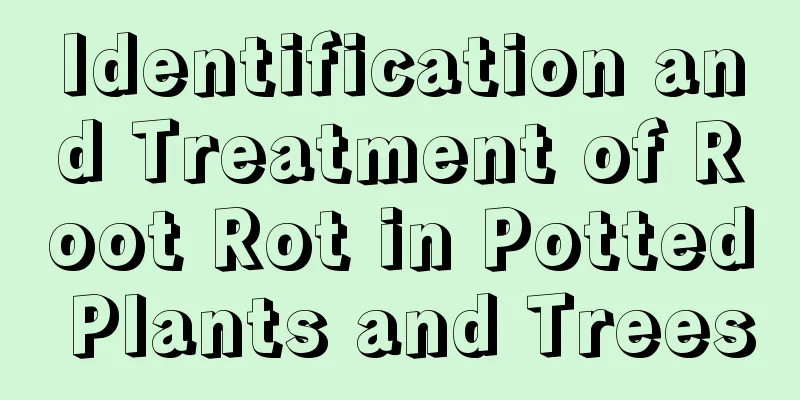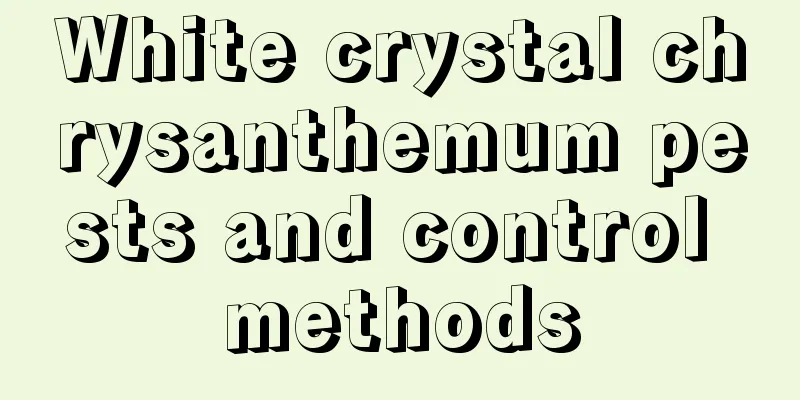Identification and Treatment of Root Rot in Potted Plants and Trees

How to Identify Root Rot in Flowers and TreesLook at the pot soilIn summer and autumn, for normally growing flowers and trees, water them thoroughly once a day in fine weather. Check the soil in the pots at the same time the next day. If the soil is dry and slightly white, the root system is normal. If the soil does not dry out and turn white, and is still moist, it means that the roots of the plant have rotted. If it is still moist after 2 to 3 days, it means that most of the roots of the plant have rotted. Look at leaf colorIf you have several pots of the same kind of flowers and trees, put them together. If you find that the leaves of one of the plants have lost their green luster and become grayish white, or the leaves of the plant are wilted, or the lower leaves turn yellow and fall off in large numbers when it is not the leaf-changing season, it means that the plant's nutritional fibrous roots have rotted due to waterlogging, fertilization, or heavy watering after excessive drought. Look at the leaf shapeLongitudinal wrinkles and deformities on the leaves of potted flowers and trees also indicate that the root system of the plant has rotted. This mainly occurs in flower species with fleshy roots, such as Strelitzia and Clivia. Due to the rotting of the lower nutritional roots, the parts of the leaves connected to them cannot get the proper water and nutrients, causing these parts to stop growing or even shrink, and the growth is asynchronous, resulting in longitudinal wrinkles and deformities of the leaves. Although this situation will not cause the death of the plant, it will also affect the normal growth and appearance of the plant. Look at the leaf tipSome species of flowers and trees will have scorched tips of their leaves after being grown for a period of time. There are two reasons for this. One reason is that the root tip of the plant extends and hits the wall of the pot. Watering under conditions of high air and soil temperature causes the part of the fleshy root tip that performs nutritional functions to be damaged and rotted, making it impossible for water and nutrients to be transported to the leaf tip, causing partial necrosis of the leaf tip. Another situation is that the pot is large but the flowers are small, and the soil in the pot is in a state of waterlogging for a long time, causing the root ends to rot and lose nutritional function, and yellow-brown spots to appear in the middle or edges of the leaves. The possibility of disease should be considered. |
<<: What to do if the roots of hydroponic Anthurium rot
>>: What to do if the roots of tiger plant rot
Recommend
How did the Thousand Buddha Hands explode?
1. Choose the right soil Thousand Buddha's Ha...
How to grow aloe vera in autumn
1. Temperature control It is a plant that is afra...
What flowers are suitable for growing in summer
What flowers are suitable for growing in summer P...
How to fertilize potted jasmine
1. Seasonal fertilization Spring, summer and autu...
Is it harmful to grow garlic indoors?
1. Is it harmful? There is no harm in growing thi...
How many pounds of red beans are produced per mu
Yield per mu of red bean If adzuki beans are mana...
Is Gardenia poisonous?
1. Is it poisonous? No, this flower has a fragran...
Cultivation methods and precautions of the fortune tree
1. Maintenance methods 1. Temperature: It can be ...
Do mountain turtles prefer shade or sun?
Do mountain turtles prefer shade or sun? Mountain...
How to plant bamboo seedlings? How to transplant bamboo
When planting bamboo seedlings, you should choose...
Does Nepeta prefer shade or sun?
Does Nepeta prefer shade or sun? Nepeta is relati...
Cultivation methods and precautions of palm pearls
1. Soil Loose, water-permeable, breathable sandy ...
How to water the scattered bamboo
Watering tips for spathiphyllum When caring for t...
How to grow gardenia well
1. Soil For gardenia, the soil environment is ver...
What to do if the leaves of succulent plants turn yellow
1. Change the soil Reason: If the selected soil h...









